Consisting of nothing but deserts and beaches, Boa Vista is like a big heap of sand thrown into the ocean. It is Cape Verde’s second most developed tourist center after the Island of Sal.
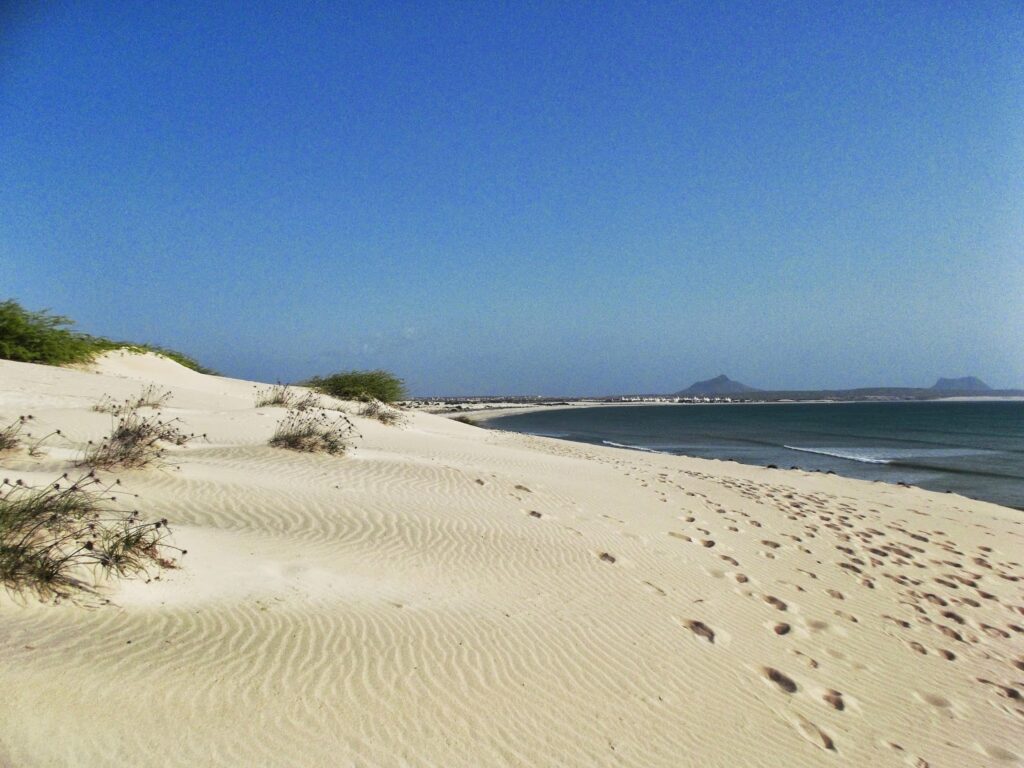
The perfect destination for a couple of very lazy days laying on….the sand.
When I was sitting at my computer in rainy Hamburg planning my trip, I thought it was a brilliant idea to stay in Boa Vista for over one week. Beaches! Sun! Ocean! Sand!
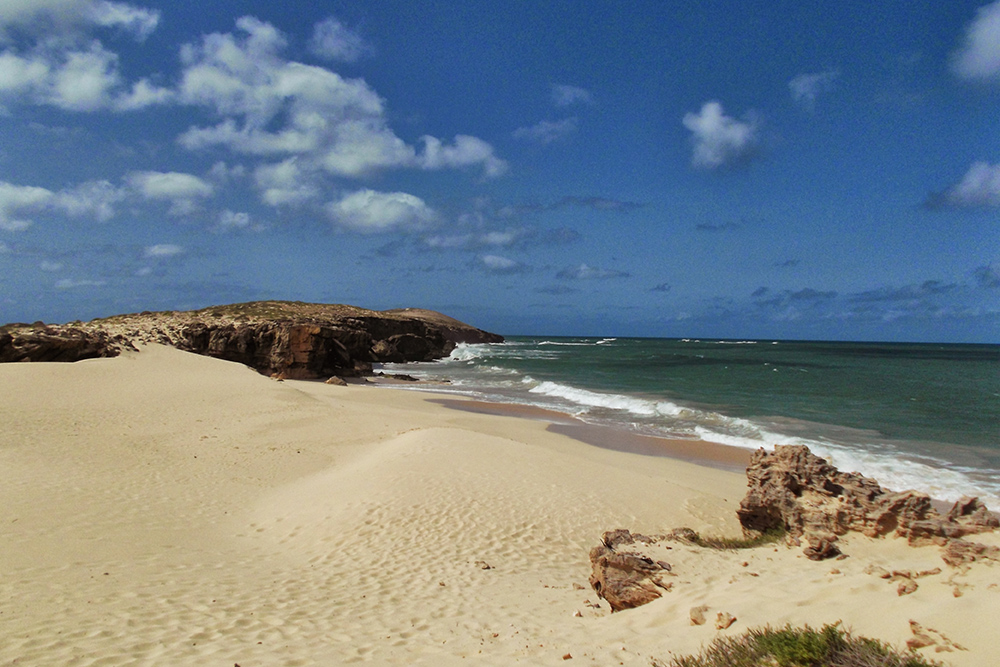
Yes, I did find all this in outstanding quality. However, a week is far too long to stay on the beach when there is so much to see on the other islands. So if you’re not satisfied with frying in the sun and dipping into the ocean – the best ocean ever – you shouldn’t stay for more than three days here.
Sal Rei
The salt production and export really had an impact on Cabo Verdean names. Not only is there an entire island called Sal. There are also more than a handful of settlements named after the white gold.
Anyway, Sal Rei, Boa Vista’s second-largest town is a chilled place with a couple of streets and alleys and a pretty big square, the Largo Santa Isabel, in the middle.
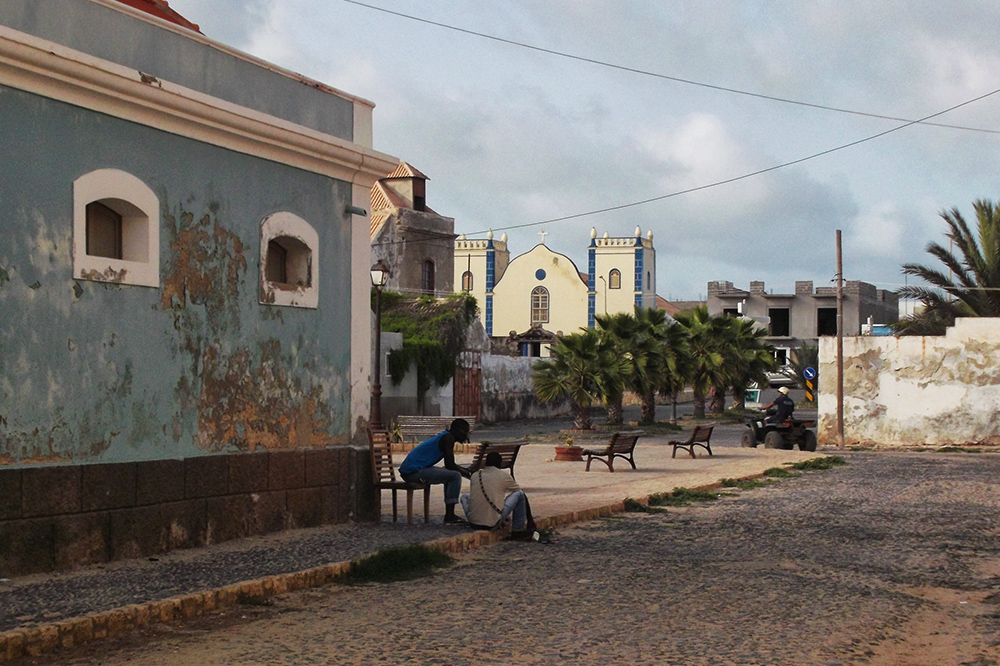
There is a good choice of bars, restaurants, and shops as well as the Mercado Municipal, the central market.
And in Sal Rei, like on the island of Sal, are many Africans from the mainland. I guess it’s easier to make a living on Cape Verde than in Senegal or Mali where many of these men are coming from. Most of them are selling all sorts of handcraft from their home countries.
Via Pitoresca
On the outskirts of Sal Rei are a couple of places worth seeing like the Via Pitoresca. I guess you don’t need a translation or an explanation for this name. This road is leading from the airport in Rabil to Sal Rei.

Here the ever-present sand dunes are overgrown by bushes and endemic trees and palm trees. It’s really picturesque and absolutely worth a stroll.
An Unexpected Legacy
Some of the most prominent traces in Sal Rei are stemming from Abraham Ben Oliel. Leaving their home in Morocco, Mr. Ben Oliel, of Sephardic-Jewish descendence, came together with his wife Esther to Boa Vista in 1860. At that time, Sal Rei was a busy trading spot between Africa and South America. The Ben Oliels gained great economic and social success and influence on the entire island.
There is still their former home – the Casa Ben Oliel – to be admired right across from the Igreja São Isabel.
Abraham and Esther are resting in the Jewish cemetery – which is a bizarre place. It’s a small, fenced square right in front of the Marine Club Beach Resort about one mile north of their former home.
Jews were not allowed to be buried in Catholic graveyards. Therefore, a couple of members of Ben Oliel’s family found their last resting place here.
What’s a bit eerie – to say the least – is that since now there is the Beach Resort right behind, the tiny cemetery, consisting of about seven graves, stands more or less unnoticed right in the middle of the hotel’s parking lot.
There are so many ways of parking….
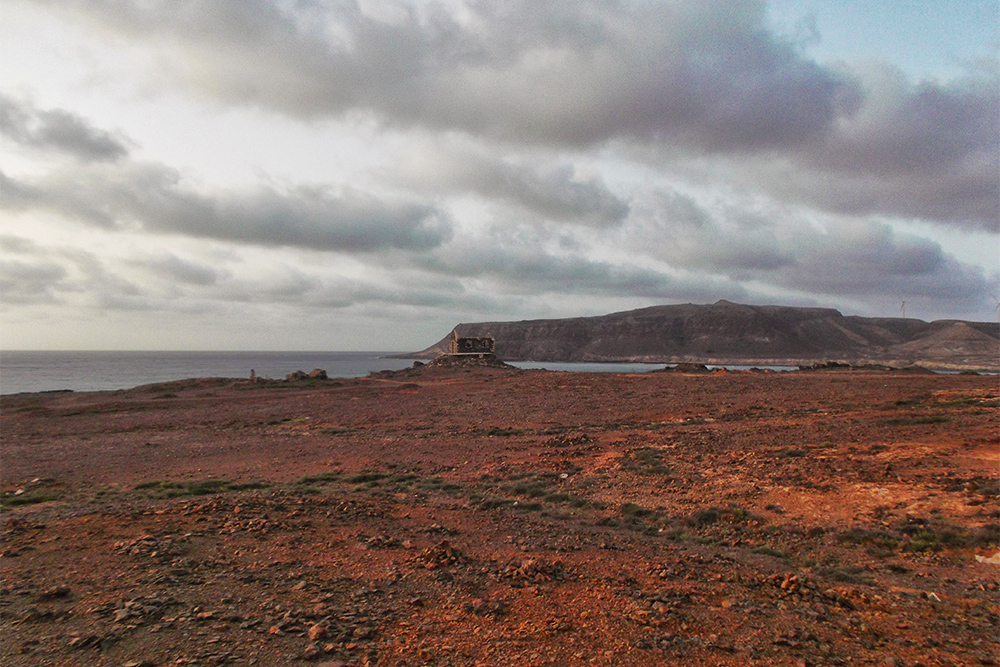
These are the remnants of the chapel Capela de Nossa Senhora de Fátima.
Once you get to this quirky place, keep walking around the hotel towards the ocean. After about 15 minutes, you’ll get to the remnants of the chapel Capela de Nossa Senhora de Fátima. It was also built by some Ben Oliel’s family members. Today, it’s in ruins in the middle of nowhere which gives it an almost spooky air.
Rabil
Rabil is mainly known because it’s right next to Boa Vista’s international airport. But Rabil is also a small town. There is not much shakin’, so walking between the weathered houses painted in different colors makes you feel like visiting an abandoned ghost town. Don’t get me wrong, it’s neither spooky nor dangerous – but somewhat weird.

However, since you can get there in about fifteen minutes by minibus from Sal Rei, it’s totally worth the experience.

If you get to the end of the town, you’ll have a grand view of the Desierto da Viana. Better don’t try to go there by yourself, it is a desert and it can be dangerous just venturing there.
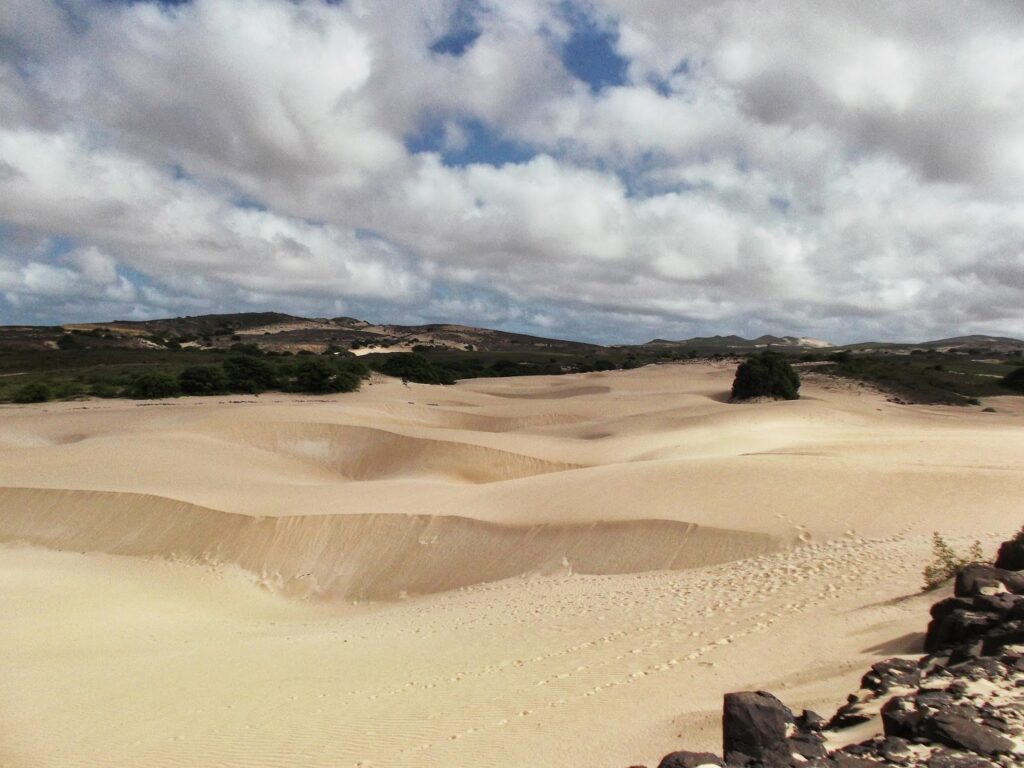
Better venture back to Rabil’s southern tip. There you’ll find the Escola da Olaria, a school that continues teaching the traditional handcraft of Rabil: Sculpting clay. They manufacture raw or glazed mugs and bowls and traditional houses as well as sea animals in various shapes and sizes.
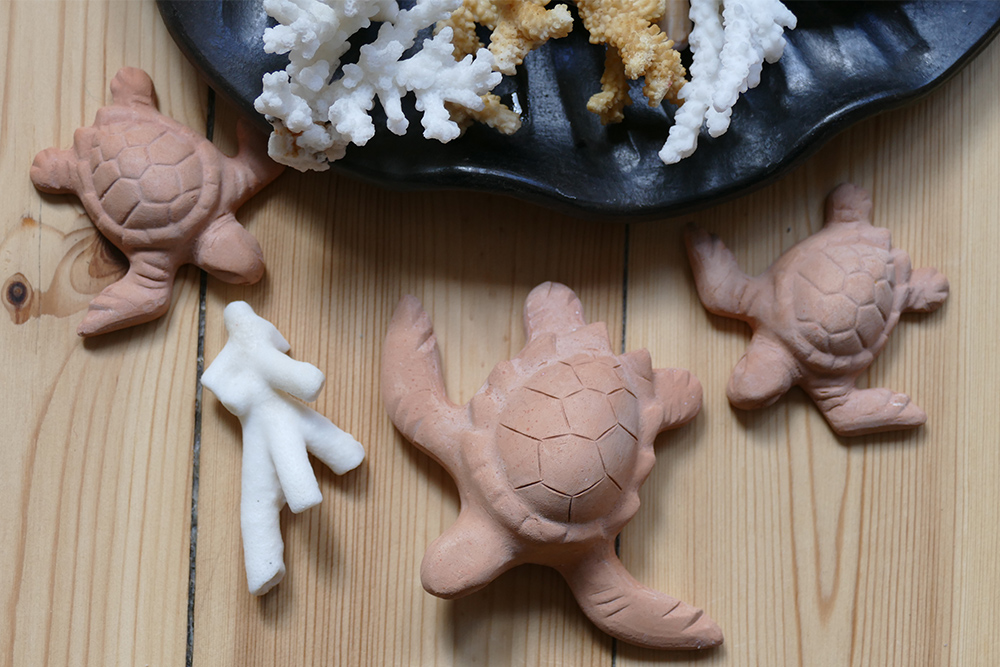
These pieces are not exactly cheap, but you are buying them for two good causes. You’ll have a beautiful, individual souvenir and you’ll support the cooperative. Amazingly, the ceramic furnace is communal and can be used by all villagers.
Povoação Velha | Praia da Varadinha | Praia da Santa Mónica
And then came the day that I wanted to see sand in different places so I went to a travel agency in Largo Santo Isabel and booked a half-day tour. This way, I got to see the standard-boring-all-inclusive-hotels located on the beaches south of Praia Estoril, namely Praia das Dunas and Praia Chaves.
After we had picked up two Portuguese couples, we went by jeep first to Deserto de Viana,….

….then to the Praia da Varadinha, a gorgeous, deserted beach with high waves – so just looking, no swimming.
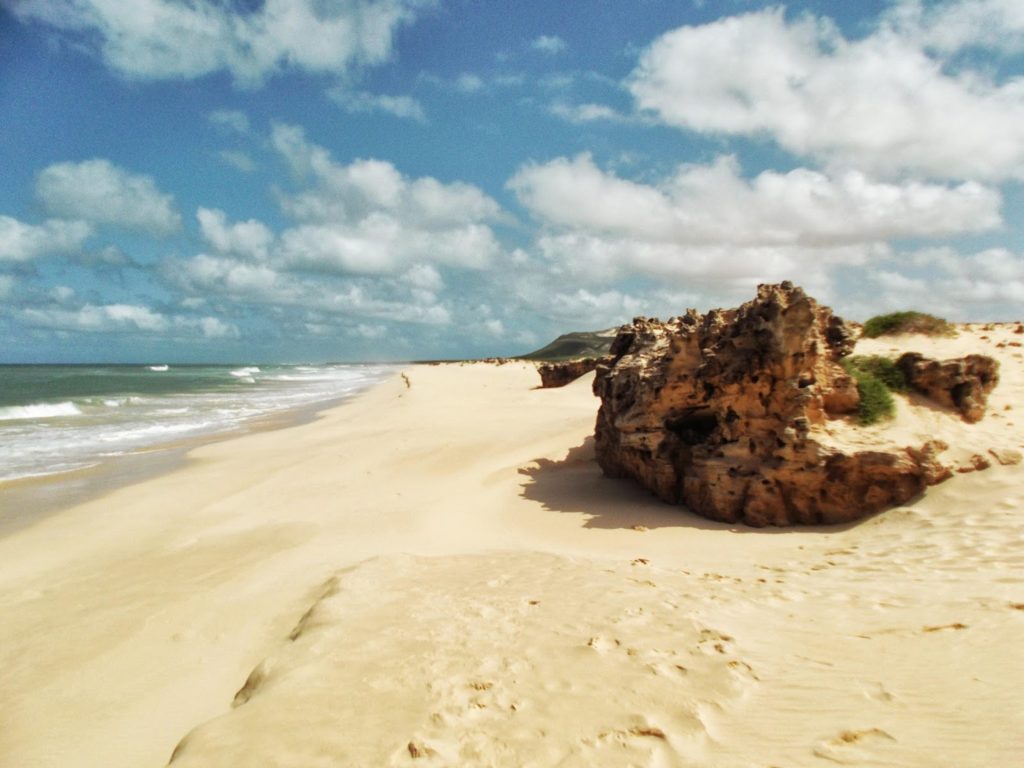
We then continued to what is one of Boa Vista’s strongest tourist magnets, the Praia de Santa Mónica. Miles and miles of a secluded, untouched beach. Well, the secluded and untouched collides a bit with the magnetic side. As we arrived, there were like a dozen other jeeps there and the beach looked like spring break.
Don’t let my picture fool you. I walked a bit away from the crowds and took a shot in the other direction. So apparently, if you are driving yourself or you have a private driver, you might be able to get to the secluded, untouched part. Not possible if you’re in a small group, though.

On the way back, we made a stop at Povoação Velha which translates to old settlement. Guess what, the town is not only the largest community in Boa Vista but also the oldest. Therefore, they really chose that name well. Founded in the late 16th century Povoação Velha was Boa Vista’s capital until 1810.
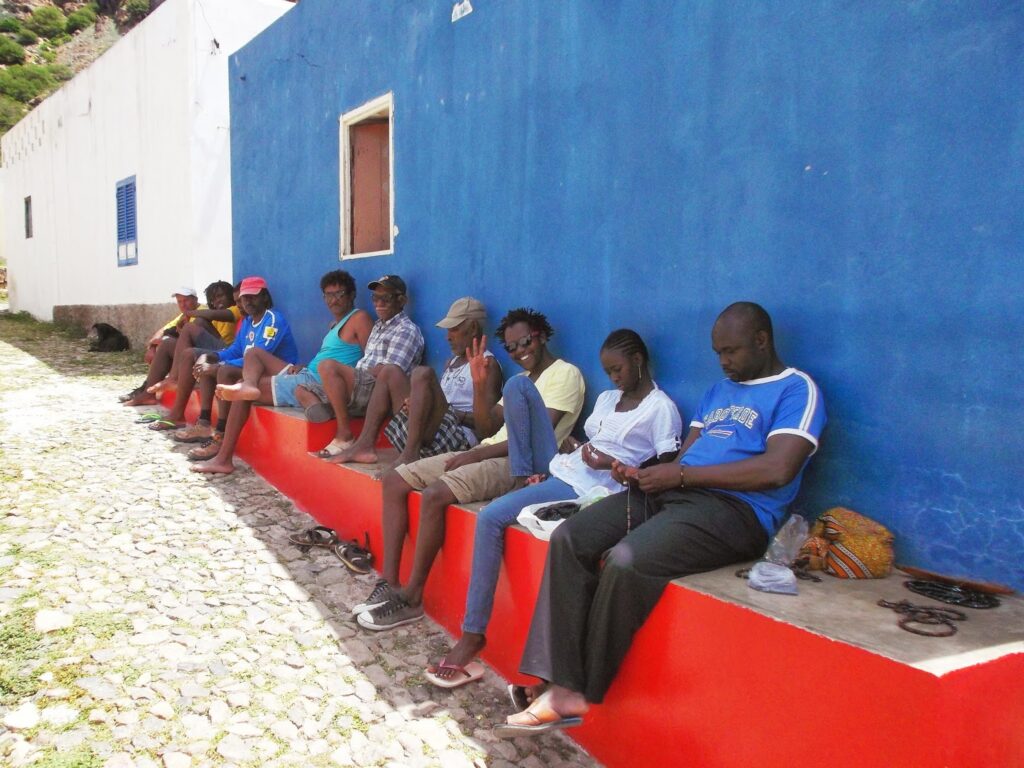
Practical Information
How to Get There And Around
Since Boa Vista is Cape Verde’s second most touristy island, there are international charter flights as well as domestic flights coming into the Aristides Pereira International Airport located about 5 kilometers southeast of Sal Rei.
Once in Cape Verde, the most convenient way to travel from island to island is, obviously, flying. At this moment, the best option seems to be going by Binter, a Spanish airline serving mainly the Canary Islands, but also other destinations in that region, i. e. also North and Northwest Africa.
However, there is a catamaran going to the Island of Sal and there are organized day trips to Sal and Fogo. Albeit, they are crazy expensive.
There are public minibusses on Boa Vista, however, you should inquire if you have the option to come back the same day to where you’ve started from. Other than that, there is always the option to take a cab, but those are certainly not cheap.
Where to Sleep
Location, location, location – the Hotel Estoril and Residence Cardeal is one of the accommodations closest to the absolutely pristine beach Praia do Estoril.
It’s clean and comfortable, however, they offer neither complimentary air conditioning nor breakfast. Therefore, the price was….okay-ish.
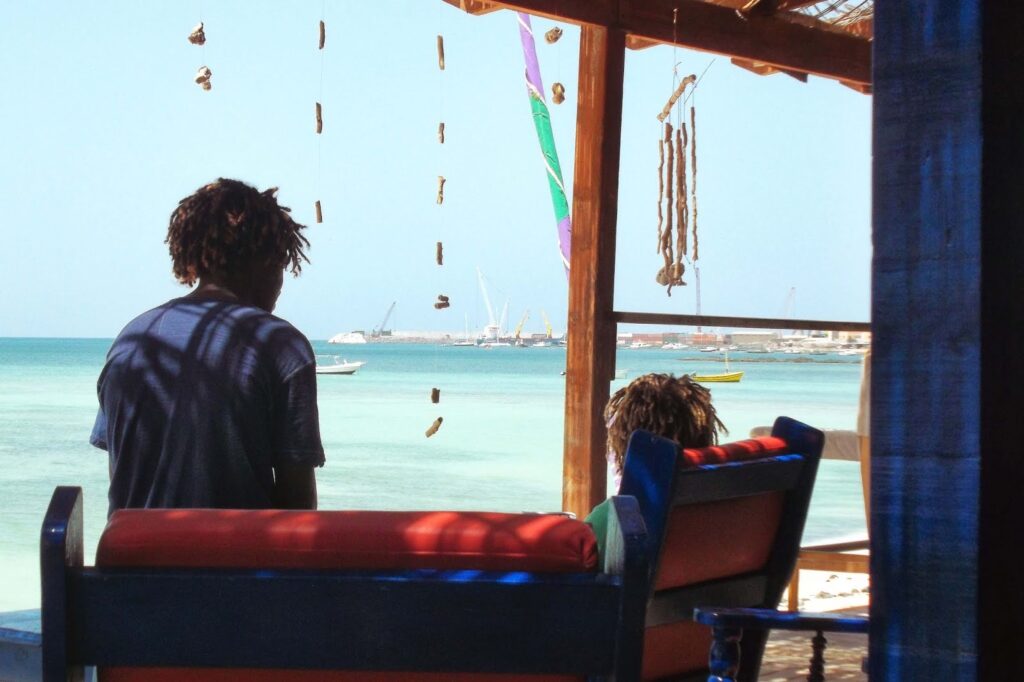
This beach is definitely one of the nicest ones I’ve ever been to.
Like I say, the location is really great – close to the beach as well as to the town and you can grab a good breakfast – either hearty sandwiches or sweet pastry together with real Italian coffee – at the Italian bakery nearby.
By the way, besides a couple of convenience stores run by Chinese, almost every business on Boa Vista is run by Italian ex-pats – which, at least regarding food, is a good thing.
Get more details, check out availability and the rates at the Hotel Estoril *
In case the Hotel Estoril and Residence Cardeal are booked out, you can look for other suitable accommodation options on this map*:
Booking.comWhere to Eat
As I said, due to the Italian invasion, there are some good eateries in Sal Rei. However, if you want good Cabo Verdian cuisine, I can recommend the restaurant at the
Hotel Boa Vista
Rua 4 de Julho
Sal Rei 5111
Phone: + 238 – 251 11 45
What to See
I’m an avid solo-travelling woman. Since solo travel doesn’t equal solitude, I love to join organized tours here and there. They allow me to meet fellow travellers – for just a short moment or a lifelong friendship.
Therefore, here are some great ideas of what to do during your stay in Boa Vista. Exploring the island with a qualified guide will help you make the best of your stay – especially if you are planning on exploring also some of the remote beaches*:
Money
Another remnant from the Portuguese colonial times is the name of the local currency which is called – just like in Portugal until the installment of the €uro – Escudo respectively Escudo de Cabo Verde, abbreviated CVE. For 1 US$ you get 105 CVE, and for a €uro 110 CVE (as of November 2022). You can check the current rate here.

Credit cards are not as widely accepted as for instance in Europe or Asia, even some small guest houses do take only cash. Some businesses add a small percentage if you pay by credit card – which can become a quite high amount if you pay for instance for a couple of nights at a hotel.
There are ATMs in Boa Vista so you won’t have a problem getting cash.
Some businesses even accept €uros, however, there usually is a disproportionate surcharge. Pre-payment of hotels, for instance, is therefore advisable.
Language
As Cape Verde used to be a Portuguese colony, the official language is Portuguese, but people speak krioulo. This is a local patois and, like many dialects, differs a tiny bit even from island to island.
People do speak some English and French, but it is certainly helpful to have some basic knowledge of the local language.
Before my trip, I’d practiced using babbel. The first lesson is free and supplies you with the most important words to interact with people.
Do you want to read about all the other beautiful islands I’ve visited in Cape Verde? Then go to the main post and take your pick!
Pinnable Pictures
If you choose to pin this post for later, please use one of these pictures:

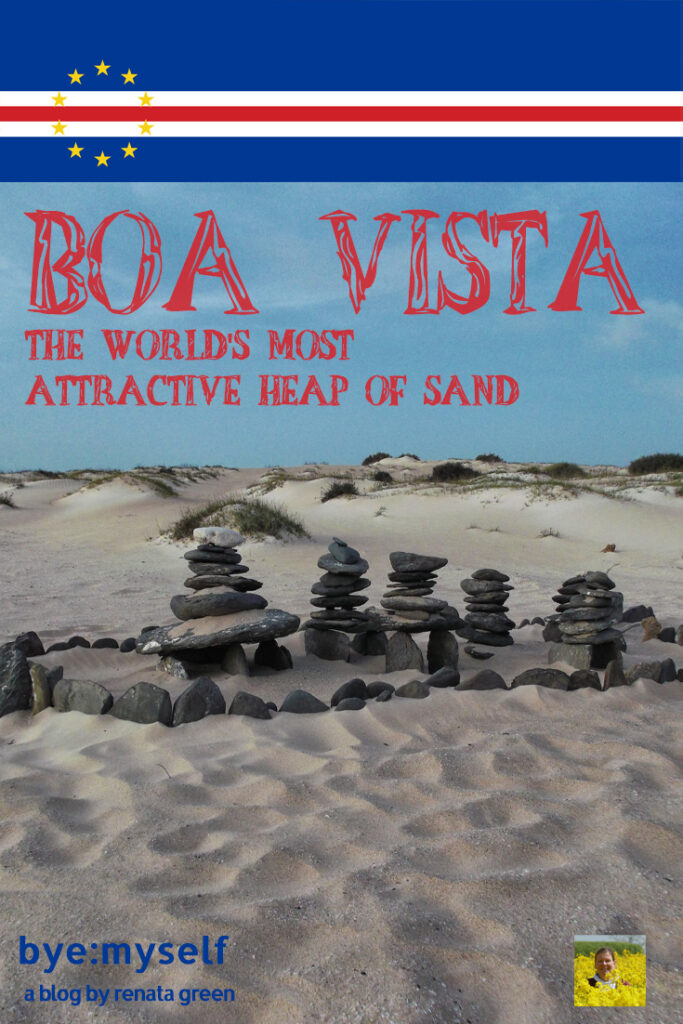

Did You Enjoy This Post? Then You Might Like Also These:
Guide to BOA VISTA, the world’s most attractive heap of sand
Three Days in Mystic MARRAKECH – How to Get Lost Without Losing It
Two Days in MEKNES – the underrated Versailles of Morocco
RABAT – two days in the grand capital of Morocco
Guide to SANTIAGO – Cape Verde ‘s main island
Guide to SAL – from Salt Mine to Ocean Paradise
Guide to FOGO, Cape Verde ‘s most varied island
Solo Female Travel to Morocco – All Your Questions Answered
* This is an affiliate link. If you do book through this page, not only do you get the best rate, I’ll receive a small commission without any extra cost for you that helps me run this blog.

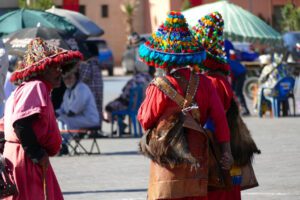


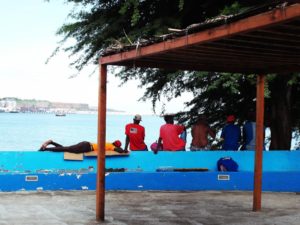

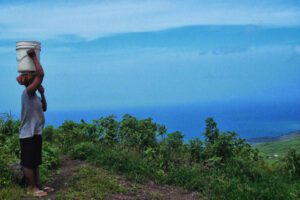

I can understand why you would plan a beach vacation to Boa Vista to enjoy the beaches, sun, sand and water. Although I can understand why a week just lazing in the sun might not be ideal for many. I sure would have made sure to head out for a view of the sand desert too! And I would be ok with great Italian food.
I love music from Cabo Verde, and I would like to visit islands to listen to live music. And there is a lot to do and see, for sure I would like to visit Rabil and Sal Rei
A smattering of volcanic islands 350 miles off the coast of Senegal, Cape Verde seems a lonely prospect at first look, out in the mid-Atlantic. But there’s a reason it’s fast become a fly-and-flop favourite: miles of uninterrupted ivory beaches, impossibly pure surf and an intriguing lunar landscape. Not to mention its consistently sunny disposition: January’s average temperature is 25?C. And finally, there’s a lovely little eco lodge to rival the big hotels and budget guesthouses. Run entirely on renewable energy, Spinguera is a restored fishing village with its own private beach on the north coast of Boa Vista island (translation: good view). Think charming, stone-hewn villas with bright yellow shutters, fresh, white bedrooms and lantern-lit sunset suppers. You could while away every day right here. Or go island-hopping to explore more of Cape Verde’s craggy beauty: from Sal’s red deserts and salt pans to Sao Vicente, the heart of its colourful Afro-Portuguese culture.
Thanks so much for your extended comment – I totally agree: There is so much to do on the isles of Cape Verde. Next time, I’ll make sure to explore more of them 😀